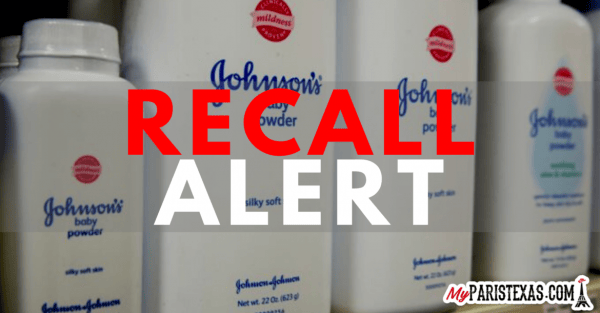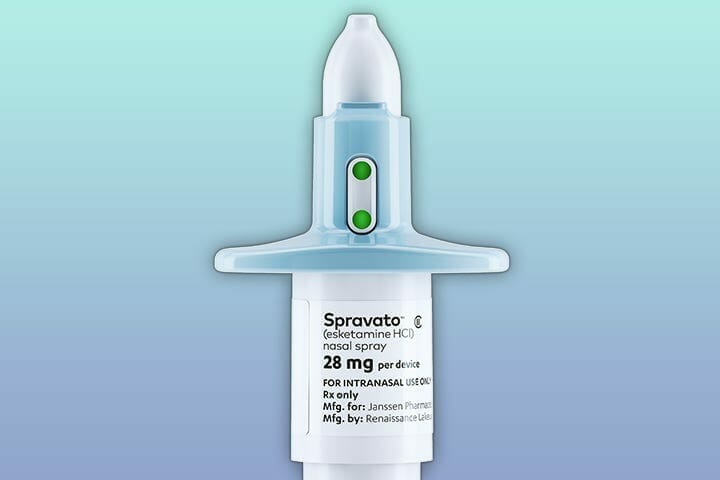Johnson & Johnson (JNJ.NYSE) issued a recall for a single lot of its Baby Powder in response to a FDA test that uncovered the presence of sub-trace levels (no greater than 0.00002%) of chrysotile asbestos contamination in samples from a single bottle purchased from an online retailer.
People freak right out about this stuff, and rightly so. It follows one of the standard narratives surrounding big companies: big pharma company, more interested in profits than people, produces dangerous product and doesn’t do anything about it (until prompted by regulators) when the deathtoll starts. See thalidomide for details.
But outside of histrionic narratives—what’s the real deal?
Johnson & Johnson introduced baby powder made of crushed talc in 1894. The mineral is naturally found in the earth nestled alongside asbestos, and naturally, concerns arose that some asbestos would get bottled with the white stuff used to dry baby’s bottoms. Except it totally did. In recent years, J&J got their asses handed to them legally, costing them millions of dollars, because women came down with ovarian cancer caused by baby powder.
How’s that narrative look now?
What does Chrysotile asbestos do to the body
Not too long ago, asbestos showed up in everything from ceiling and flooring tiles to old school cigarette filters, used primarily because they had great tensile strength, resistance to chemical spills and poor heat conduction.
Exposure to asbestos, including chrysotile, causes cancer of the lung, larynx and ovary, mesothelioma (a cancer of the pleural and peritoneal linings) and asbestosis.
Currently, about 125 million people in the world are exposed to asbestos at the workplace. According to global estimates, at least 107 000 people die each year from Asbestos is one of the most important occupational carcinogens. In addition, nearly 400 deaths have been attributed to non-occupational exposure to asbestos.
So given their history and what asbestos does to the body, the haste taken by J&J here isn’t just sensible, but necessary. Now they’re working with the FDA to determine the integrity of the tested sample, and the validity of the test results.
At this early stage of the investigation, JJCI:
- Cannot confirm if cross-contamination of the sample caused a false positive.
- Cannot confirm whether the sample was taken from a bottle with an intact seal or whether the sample was prepared in a controlled environment.
- Cannot confirm whether the tested product is authentic or counterfeit.
The company really wants to get across that their products do not contain asbestos.
The press release notes their rigorous testing standard to ensure its cosmetic talc is safe. It draws attention to the years of testing, including from the FDA, that have indicated no presence of asbestos. They talk about their ore sources, and how they’re confirmed to meet their stringent specifications that exceed industry standards, and point out that their talc is tested and confirmed by a wide range of independent laboratories, universities and global health authorities.
But if all of that’s the case—then why did a New York State jury punish the company in May for $325 million for asbestos in their talc?
If all of this sounds like overcompensation from a company that’s seen it’s fair share of boots aimed at its collective face, and that’s primarily because it has.
States have been lining up to kick Johnson and Johnson for their part in the opioid crisis, with the first opening boots taken earlier this year by an Oklahoma district judge to the tune of $572 million. The lineup to kick J&J (and other pharmaceutical companies) is 40 states long, because they lied about how powerful and effective fentanyl can be to move more of the drug.
Here’s what we wrote earlier in the year:
The company’s “marketing scheme was driven by a desire to make billions for their pain franchise. To do this, they developed and carried out a plan to directly influence and convince doctors to prescribe more and more opioids, despite the fact that defendants knew increasing the supply of opioids would lead to abuse, addiction, misuse, death and crime,” said Attorney General Mike Hunter.
So to recap—they’ve lied to doctors to sell their product, which contributed to the ruination and death of millions of people, and they’re routinely hit with claims of asbestos in their baby products, which bear legal fruit.
It sounds like the narrative’s probably well-founded in this case.
—Joseph Morton



